
Omi, the Birthplace
of Japanese Tea


It is said that tea first came to Japan over 1,200 years ago, when the Buddhist monk Saicho brought back tea seeds from Tang Dynasty China and planted them at the foot of Mt. Hiei in what is present-day Otsu City, Shiga Prefecture. Over the years since then, the Japanese people created the tea ceremony, one of the defining aspects of Japanese culture, and the custom of drinking tea became ingrained in Japanese society.
Since the Edo Period (1603-1867), Japanese tea has become popular as a drink for the masses, and is now widely exported overseas and in increasing demand from around the world as a health drink.
Tsuchiyama Tea

Tea cultivation has flourished since the Edo Period (1603-1867) in the Tsuchiyama area, which was once a post town on the Tokaido Highway. Its rolling hills, the favorable climate, and the pristine water from the Yasu River give the tea grown there a rich flavor and aroma.
Additionally, production of Kabusecha (tea grown using a cultivation method in which sprouts are covered with black cloth to limit exposure to sunlight) thrives in Tsuchiyama, and accounts for about 15% of the total production of Ichibancha, tea leaves picked in the first harvest of the year. Protecting Kabusecha from sunlight while it grows enhances its savory flavor and brings out its sweetness and aroma.
Tsuchiyama Tea has also won the Minister of Agriculture, Forestry and Fisheries Award in the Kabusecha category of the Nihoncha Awards.
Asamiya Tea

Asamiya is home to Asamiya Tea, one of the Five Famous Japanese Teas*, and like Mt. Hiei, is also said to have been planted by the Buddhist monk Saicho, making it one of the oldest tea production areas of Japan. The famous haiku poet Matsuo Basho, who often visited Asamiya, wrote a poem about the area: “Tea harvesters, hidden in the shade of the trees, listening to the calls of the cuckoo.”
Located on the border between Kyoto and Shiga prefectures at an altitude of 350-450 meters, Asamiya has a climate with severely cold mornings and evenings and dense fog, and is famous for being a tea production area that grows delicious tea with rich flavors and unparalleled aromas.
It has also received recognition on a national level, having won awards such as the Minister of Agriculture, Forestry and Fisheries Award at Japanese green tea contests numerous times.
*The Five Famous Japanese Teas:
Asamiya (Shiga), Uji (Kyoto), Kawane and Honyama (Shizuoka), Sayama (Saitama)
Types of Tea and
Their Characteristics
Sencha
This is tea made using standard processes, and is commonly referred to as Ryokucha, or “green tea”. Eighty-five percent of the Japanese tea produced in Shiga Prefecture is of this variety.
This type of tea is known for its good balance of sweetness and astringency.
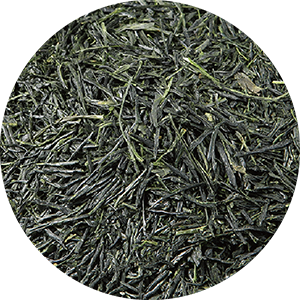
Kabusecha
This tea is made by covering the sprouts on the tea plants with black cloth to protect them from sunlight, which gives it a mild taste with less astringency and a more savory flavor.
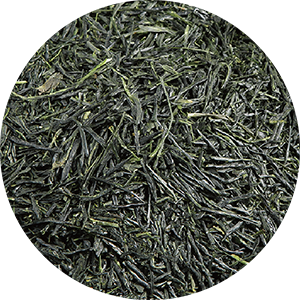
Gyokuro
Grown in an environment away from direct sunlight, this high-grade tea has reduced bitterness and a high content of tannin, which gives it a savory taste.
It is characterized by its deep richness that is brought out by brewing it with lukewarm or cold water.
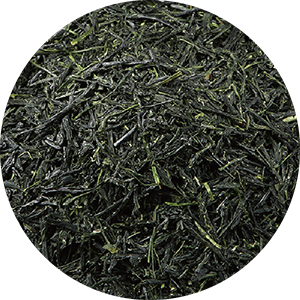
Matcha
Tea leaves protected from sunlight while grown are steamed and then dried to make Tencha, which is then ground into a fine powder using a stone mill. This tea is used in traditional tea ceremonies and also as an ingredient in confections. It is also known for containing all the nutrients found in tea.
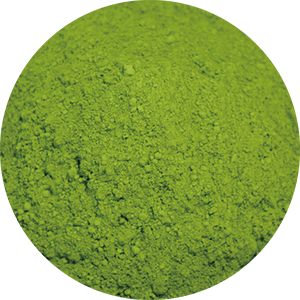
Bancha
An unpretentious tea made with leaves picked in the summer and after. The flavor is less savory compared to Sencha, but its taste is rather refreshing.
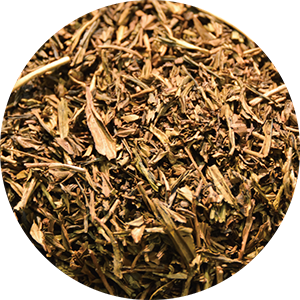
Genmaicha
A fragrant and flavorful tea made by blending Sencha or Bancha with roasted rice.
Low in caffeine, it can be enjoyed by people of all ages, from children to the elderly.
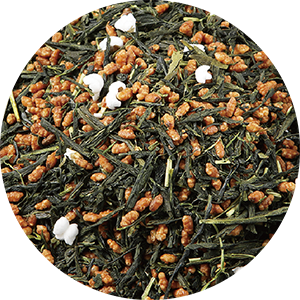
Hojicha
A fragrant tea made by roasting Bancha or Sencha over high heat.
Recently, confections and latte drinks using Hojicha are quite popular as well.
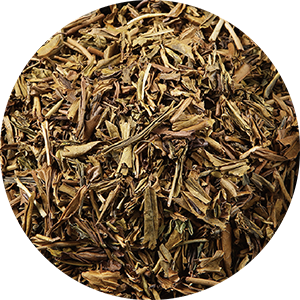
How to Brew
Delicious Tea
Fill a kettle with water and boil it.
Boil for 3 minutes to remove any chlorine.
*Water temperature: 100°C

Pour the boiled water into the teapot and warm it up.
*Water temperature: 90-95°C

Pour the hot water in the teapot into cups for every person.(Any remaining water is discarded.)
*Water temperature: 80-85°C (wait about 1 minute for the water to become the proper temperature)

Put tea leaves in the empty teapot. For two people, 3-4 teaspoons is a good estimate.
(approx. 5 grams per person)

Pour the hot water from the cups into the teapot, place the lid on it, and wait 60-90 seconds.
*Water temperature: 60-70°C

Pour a little at a time into each teacup so that the flavor and richness of the tea are uniform. Make sure to use every last bit of the tea.

Tanukimura originalOmi Tea Products
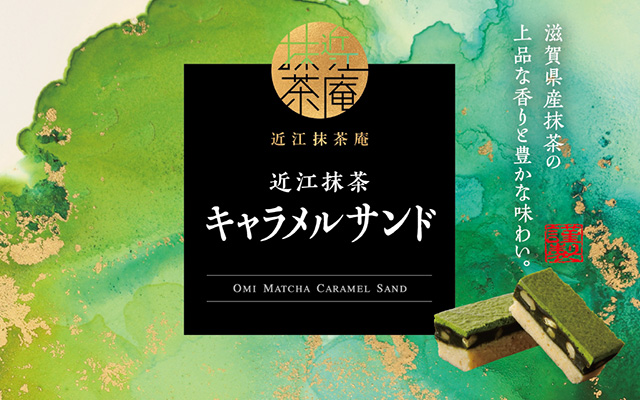
Omi Matcha Tea
Caramel Sandwich Cookies
A chic confection featuring rich Omi matcha tea caramel packed with walnuts and sandwiched between matcha sablé and macaroon dough.
An addictively chewy treat that combines three wonderful flavors.
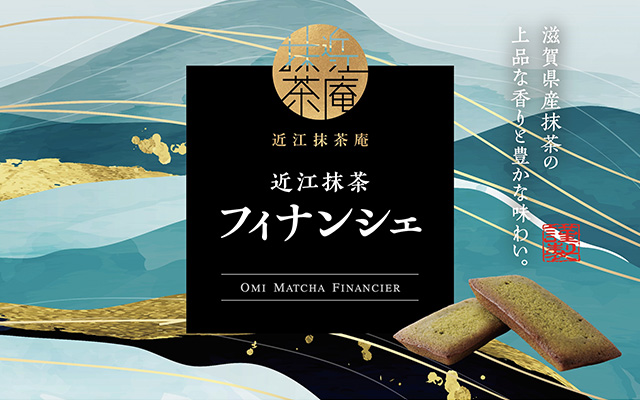
Omi Matcha Tea Financiers
The almond and butter flavors create an exquisite harmony with the bitterness of Omi matcha tea to give these Financier a Japanese flair.
Made with a texture so moist that they’ll melt in your mouth.
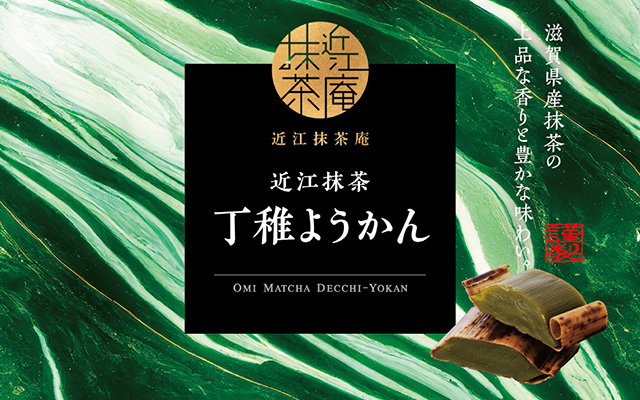
Omi Matcha Tea Decchi Yokan
Decchi yokan with Omi matcha tea flavor kneaded into white bean paste and wrapped in bamboo skin.
The sweetness of the yokan and the astringency of the matcha tea create an exquisite pairing.
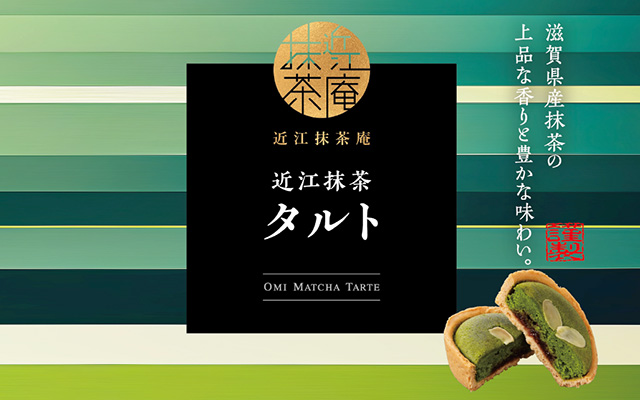
Omi Matcha Tea Tart
Rich Omi matcha dough paired with bittersweet matcha paste makes this a rich, luxurious tart packed with delicious green tea taste.
You’ll love its pleasingly moist texture and full-bodied flavor.
